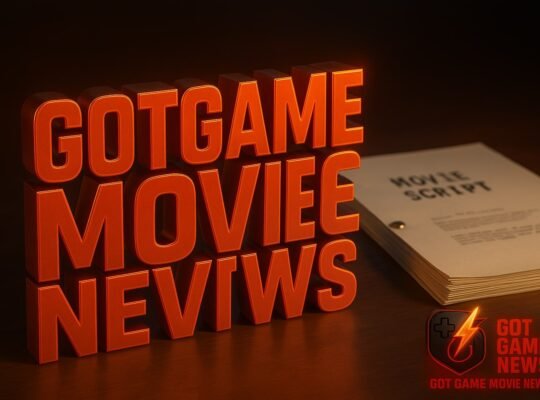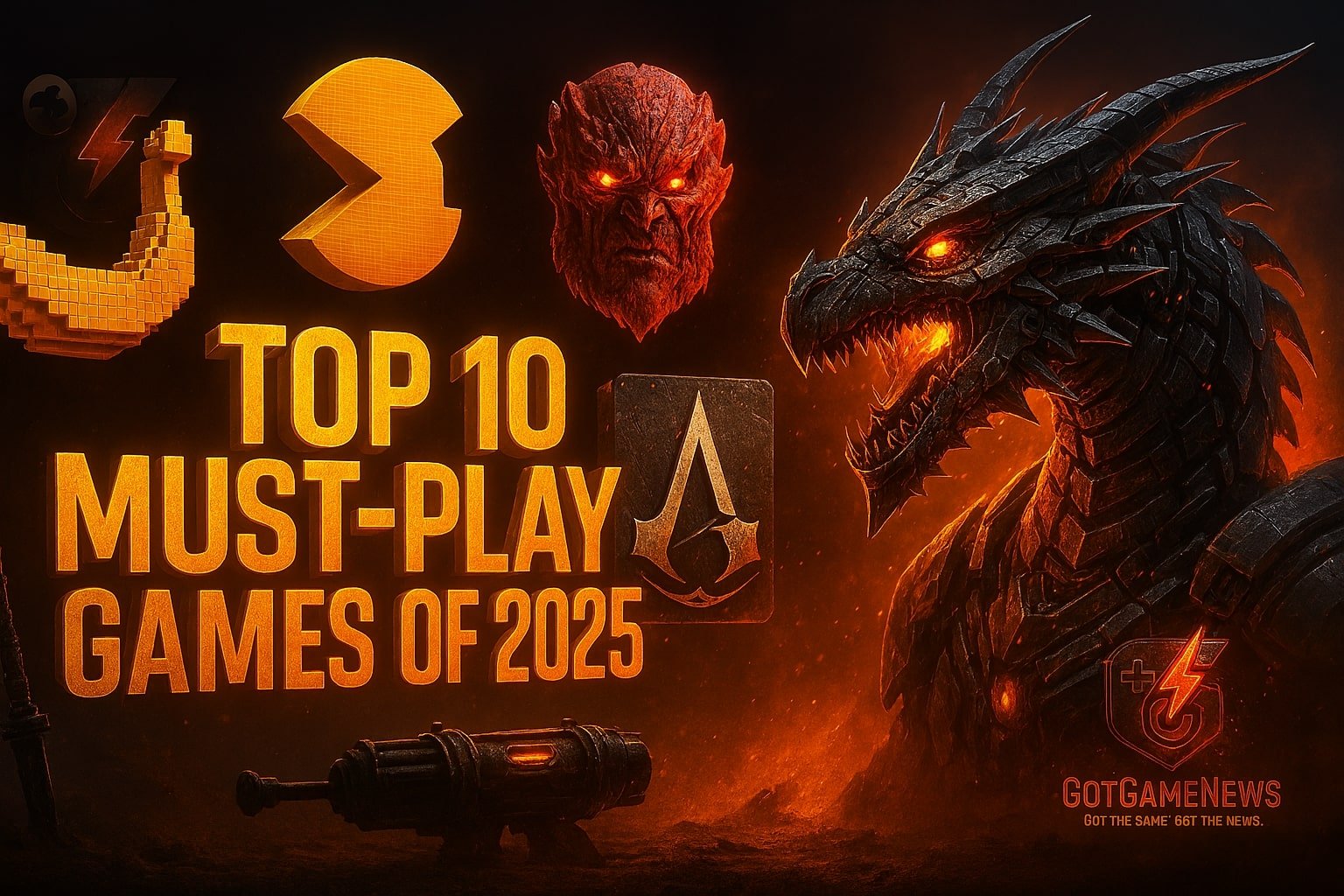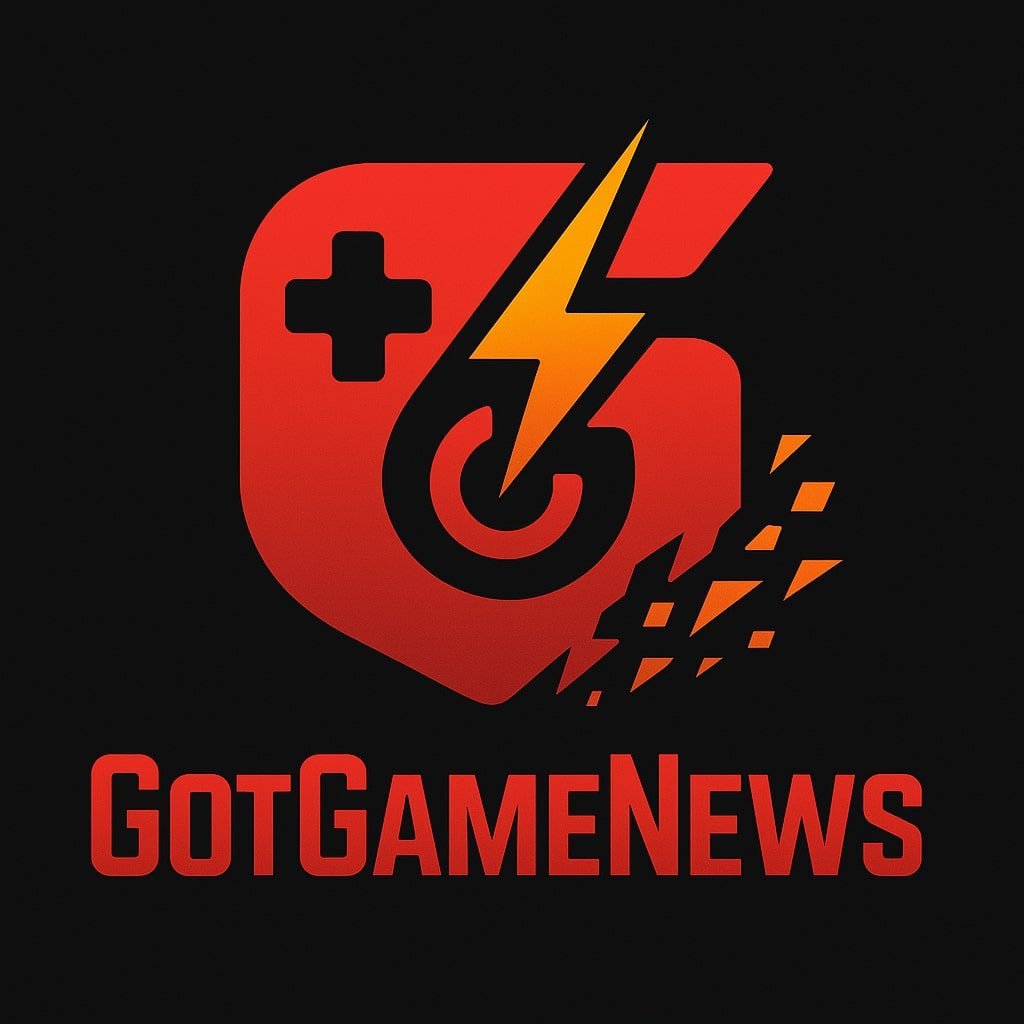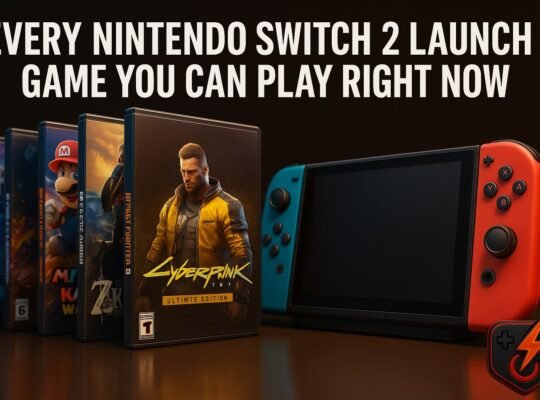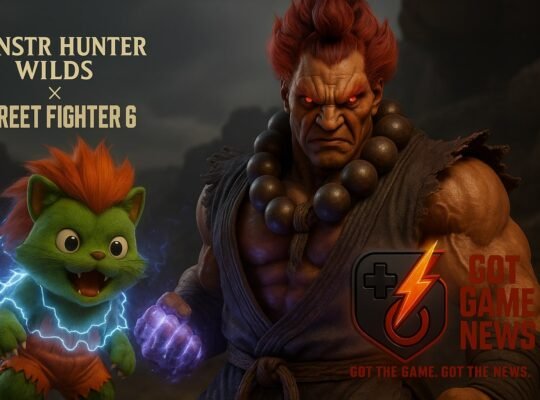This year’s most buzzed-about titles are flipping genres, reviving icons, and asking players to pay $99 to wreck stuff with a voxel gorilla.
There’s something strange in the water this year—and gamers are drinking it by the gallon. 2025 isn’t just about next-gen graphics or sequel comfort food. It’s a year where Pac-Man got reimagined as a goth Metroidvania, Nintendo decided its flagship platformer should be about voxel destruction and level mining, and Doom replaced guns with swords. Across AAA and indie, developers are swinging for the fences, and players are eating it up.
Here’s a deep dive into the 10 games setting the internet (and our backlogs) on fire.
- 1. Donkey Kong Bananza (Switch 2)
- 2. Shadow Labyrinth (Multi-platform)
- 3. Doom: The Dark Ages (PC/PS5/Xbox)
- 4. Monster Hunter Wilds (All platforms)
- 5. Assassin's Creed Shadows (Multi-platform)
- 6. Clair Obscur: Expedition 33 (Multi-platform)
- 7. Cubic Odyssey (Multi-platform)
- 8. Kingdom Come: Deliverance II (Multi-platform)
- 9. FragPunk (PC/Console)
- 10. Split Fiction (TBA)
- Final Word
1. Donkey Kong Bananza (Switch 2)
Destruction physics, banana-fueled chaos, and a price tag that raised eyebrows.
Nintendo’s first major Switch 2 exclusive is a far cry from vine-swinging nostalgia. Donkey Kong Bananza is a full-blown voxel demolition platformer, with mining-based co-op levels that play like a mashup of Boom Blox, Deep Rock Galactic, and Donkey Kong Country. There’s strategy, destruction, hidden relics, and enough debris to choke a Joy-Con.
But it’s also $99. Nintendo’s move toward prestige pricing makes this a test balloon for how far nostalgia can be monetized—especially when it’s wrapped in chaos.
Hot Take: It’s not just a game—it’s a line in the sand for Nintendo’s next-gen priorities.
2. Shadow Labyrinth (Multi-platform)
A haunted maze, a dying world, and Pac-Man like you’ve never seen him before.
If someone told you they were reinventing Pac-Man as a grim Metroidvania with puzzle combat and maze exploration, you’d laugh. Then Shadow Labyrinth dropped—and it’s one of the boldest reworks of a classic IP since God of War shed its button-mashing roots.
The game blends side-scrolling maze traversal with narrative-rich encounters and a suffocating atmosphere. Enemies are echoes of old ghosts, corridors reshape themselves, and the fruit? It’s power-ups with a backstory. This isn’t a wink at nostalgia—it’s a complete exorcism of it.
Why It’s Blowing Up: Fans of Hollow Knight and Inside are devouring it, and Pac-Man veterans are confused but curious.
3. Doom: The Dark Ages (PC/PS5/Xbox)
The Doom Slayer trades bullets for blades—and still slays.
id Software has always flirted with reinvention, but Doom: The Dark Ages is its gutsiest yet. This isn’t just a medieval reskin—it’s a philosophical pivot. The pace is slower, the hits land harder, and your weapons feel like actual instruments of agony. There’s even a dragon mech you pilot during siege battles.
The reception? Massive. 3 million players in its first week, with many praising the combat’s brutal intentionality.
Industry Pulse: This is Doom’s version of The Last of Us—an evolution without apology.
4. Monster Hunter Wilds (All platforms)
Mount up, ride out, and lose days of your life.
Capcom’s formula has always been rock solid, but Wilds shatters the old mold. With huge open zones, unpredictable weather systems, and dynamic prey behavior, this entry feels less like a boss rush and more like an ecological dance. The new mounts transform traversal from chore to thrill ride.
The result? 8 million copies sold in 72 hours—and more YouTube guides than you can hunt through.
Why It Hits: It finally fulfills the promise of Monster Hunter World—and then some.
5. Assassin’s Creed Shadows (Multi-platform)
Two protagonists. One divided nation. Zero filler.
Ubisoft’s long-awaited trip to feudal Japan had every chance to go wrong. Instead, Shadows feels like the most confident AC game in years. You swap between Naoe, a nimble shinobi with stealth-first gameplay, and Yasuke, a brutal tank who’s based on the real African samurai who served Nobunaga.
The world isn’t just beautiful—it’s thematically alive. Towns react differently based on who you play. Missions adapt. And, maybe for the first time since Black Flag, the story actually matters.
Big Picture: This is a pivot toward character-driven, culturally grounded AC—and it works.
6. Clair Obscur: Expedition 33 (Multi-platform)
A poetic apocalypse wrapped in a watercolor fever dream.
In Paris, the Painter decides who dies. Citizens expire at 33. And you? You’re next. This indie RPG plays like a tragic ballet, blending turn-based combat with surreal visuals and gut-punch storytelling. Mechanically tight, emotionally devastating.
With 2 million copies sold in 14 days and rave reviews across major outlets, Clair Obscur is this year’s Disco Elysium—an artsy outlier that punches way above its weight.
Why It Matters: It proves indies don’t just compete—they elevate the conversation.
7. Cubic Odyssey (Multi-platform)
Space. Voxelized. Surprisingly meditative.
What if No Man’s Sky had children with Minecraft, and they grew up playing Outer Wilds? You’d get Cubic Odyssey, a blocky but deep survival sandbox where exploration isn’t just a mechanic—it’s a philosophy.
Players construct entire planetary bases, unearth alien lore, and even customize galaxies. It looks simplistic. It plays like a zen RPG.
Player Buzz: It’s the chillest existential crisis you’ll ever have.
8. Kingdom Come: Deliverance II (Multi-platform)
No magic. No gods. Just sweat, politics, and steel.
Realism in RPGs is often promised, rarely delivered. But Kingdom Come II does it again, letting you fumble your way through medieval Europe with all the grace of a drunk squire. The systems are dense. The story is smart. The combat feels like surviving a pub brawl in chainmail.
With 2 million copies sold in 2 weeks, it’s clear the audience for history-rich, fantasy-free games is not just alive—it’s thriving.
Takeaway: Not every open world needs dragons. Sometimes, it just needs consequences.
9. FragPunk (PC/Console)
Deck-building meets deathmatch—and it works.
Free-to-play hero shooters aren’t exactly rare. But FragPunk adds a wild twist: players draft modifier cards before matches, affecting rules mid-fight. Want low gravity and double dash? Pick your poison.
It’s not just gimmickry—the meta is deep, the chaos is controlled, and the community’s already min-maxing like mad.
Why It Pops: It’s Overwatch with poker night energy—and it’s free.
10. Split Fiction (TBA)
Two players. One story. Infinite perspectives.
The next game from the team behind It Takes Two is under wraps, but early previews hint at something massive. In Split Fiction, each player experiences a different version of shared events. What’s real? What’s remembered? The game doesn’t say—you have to agree. Or don’t.
Why It’s Already Beloved: No one does emotional co-op like Hazelight. And this might be their boldest yet.
Final Word
2025 isn’t just stacked—it’s surprising. Every one of these games pushes its genre (or legacy) in uncomfortable directions. Whether that’s a platformer obsessed with destruction, a FPS that slows things down, or a card-driven shooter, the message is clear: safe is dead.
Risk is in. And we’re all better for it.



